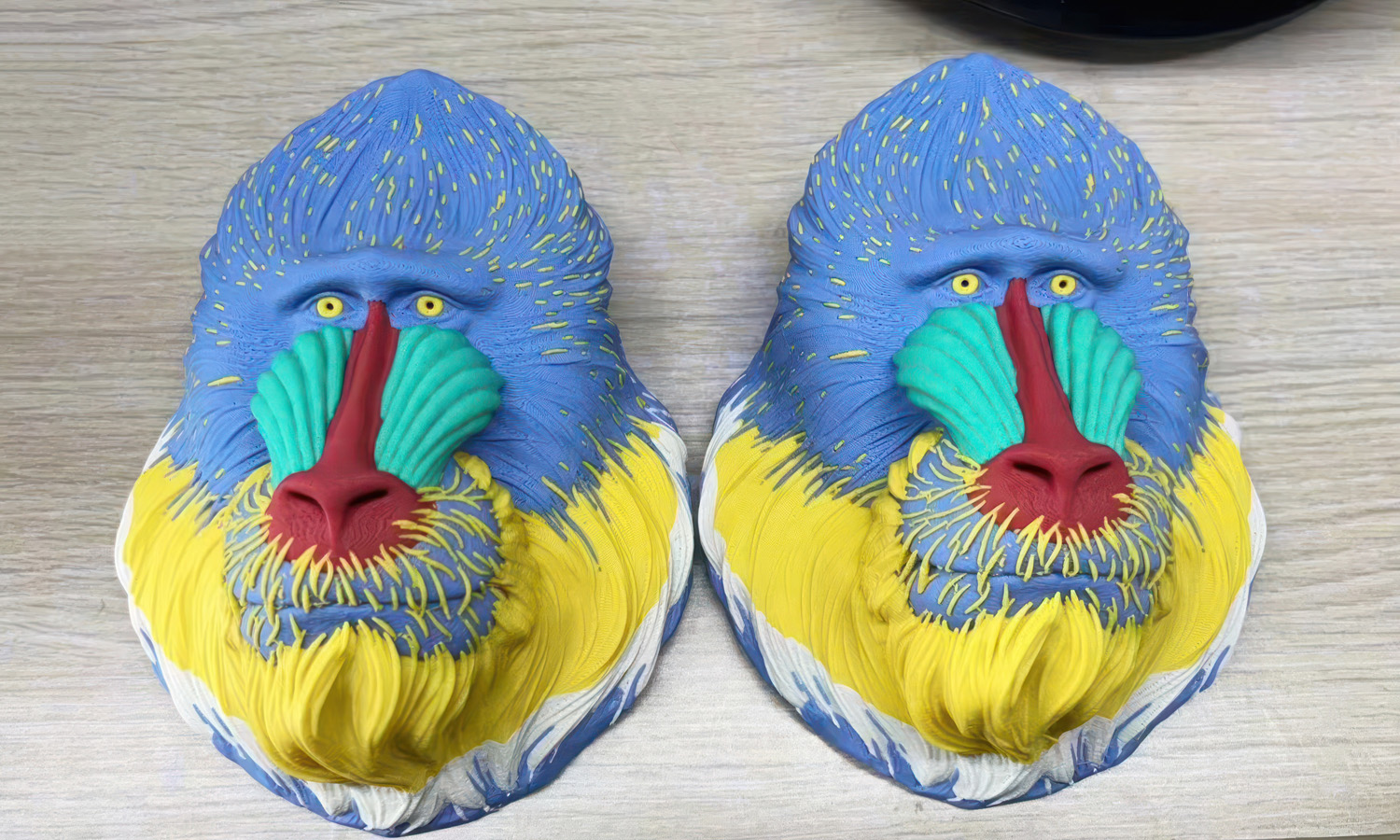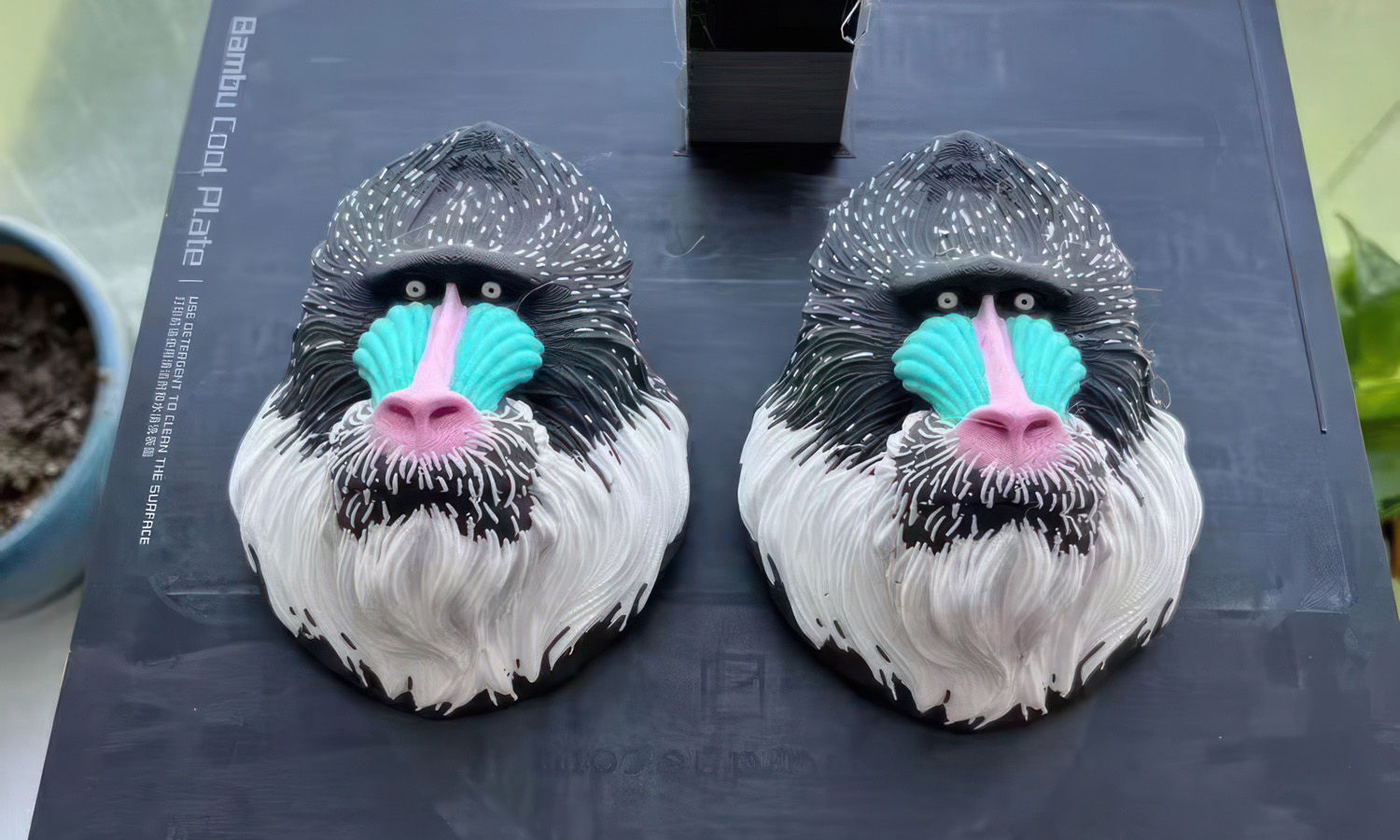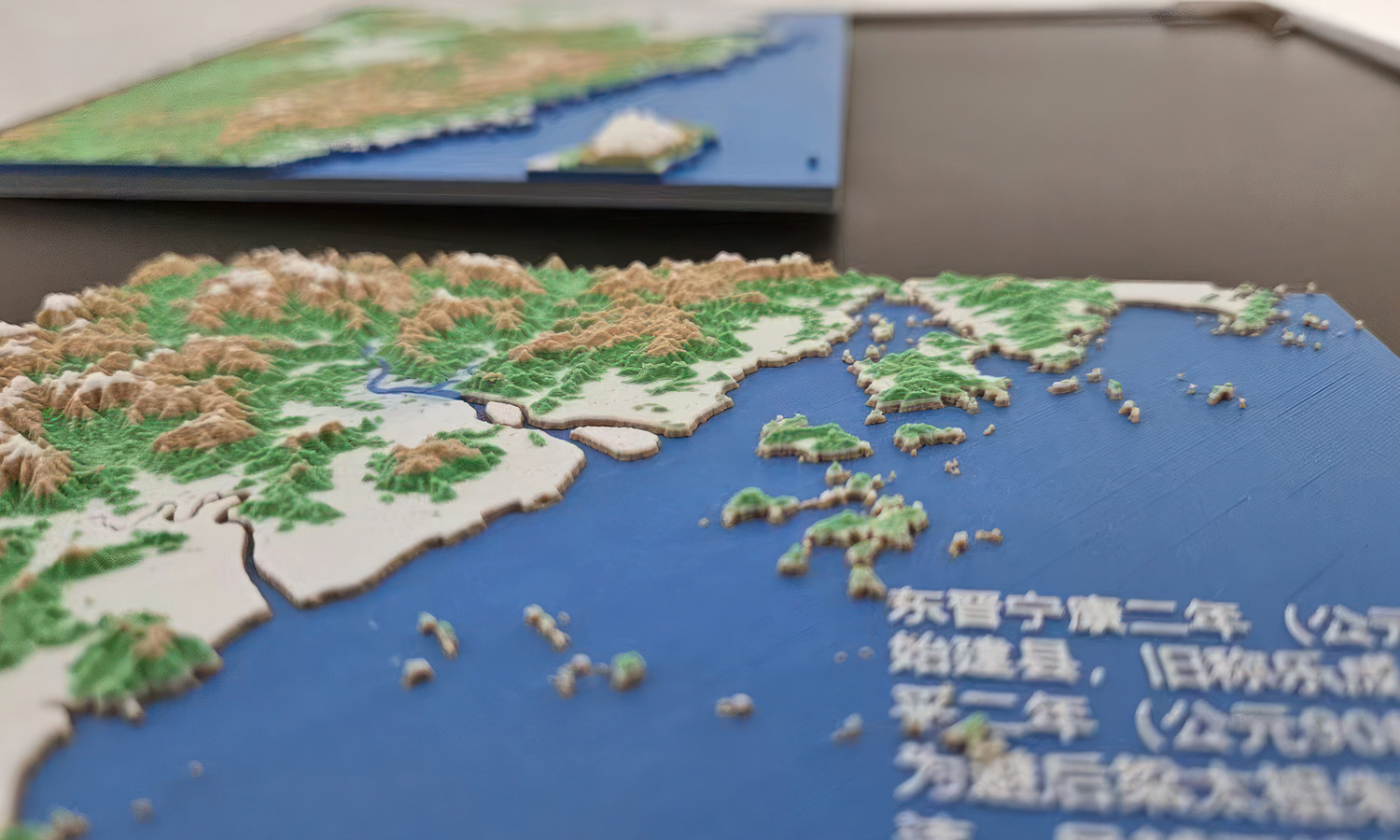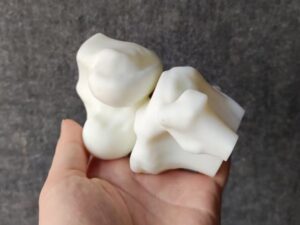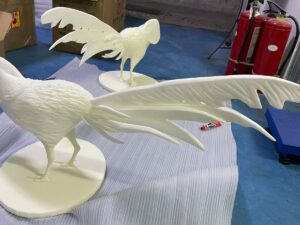- SLA 3D Printed Clear Resin Male Figure Mannequin
- SLA 3D Printed Frosted Clear Resin Runner System Scaled-down Prototype
Gallery
About Project
Imagine classrooms buzzing with excitement as students explore the wonders of biology with stunning, multi-colored 3D-printed models! At FacFox, we're harnessing the incredible four-color capabilities of Bambu Lab's FDM 3D printing to create revolutionary learning experiences.
A Case Study in Captivation
Take a look at these realistic mandrill head sculptures, perfect for any biology classroom:
- Male Mandrills: Witness the vibrant details – the characteristic bright yellow and blue coloring comes alive. Vivid blue cheeks contrast with the red ridges, and detailed white whiskers frame dark lips. A touch of yellow adds a realistic beard, making these models practically leap off the page!
- Manny Mandrills: We've even included striking black and white “Manny” mandrills for a complete set.
These captivating models are guaranteed to grab students' attention and ignite their curiosity about the animal kingdom.
Beyond Biology: A World of Learning
The magic of FacFox's multi-color 3D printing goes beyond biology! We've also created a detailed, multi-colored map, showcasing the power of this technology to bring geography and other subjects to life.
Bambu Lab's innovative 3D printing takes FDM printing to a whole new level. The ability to utilize four colors simultaneously allows for incredibly realistic and visually stimulating models, perfect for engaging students in any subject.
FacFox: Igniting a Passion for Learning
At FacFox, we're passionate about using cutting-edge technology to supercharge learning. Our multi-color 3D printing service empowers you to create unique and engaging teaching aids that will leave a lasting impression.
Ready to transform your classroom? Contact FacFox today and let's bring your educational visions to life in full color!
Solution
- Step 1: The 3D models of the mandrill heads were downloaded from the Internet. The intricate details, such as the brightly colored features, elongated muzzles with red ridges, and white whiskers, were carefully incorporated into the design.
- Step 2: The models were then processed by slicing software, which converted the designs into a series of thin layers and generated the necessary G-code for printing.
- Step 3: The G-code was sent to the Bambu Lab 3D printer, which utilized its four-color printing capability. The printerŌĆÖs extruder was heated, and thermoplastic filament was fed through it.
- Step 4: The printer laid down the filament layer by layer, starting from the base of the mandrill heads. The colors were switched accordingly to match the design specifications, creating the vibrant blue cheeks, red muzzles, and yellow beards.
- Step 5: Where necessary, support structures were printed alongside the models to maintain the integrity of overhanging features and complex shapes.
- Step 6: As each layer was deposited, it was allowed to cool and solidify before the next layer was applied on top, ensuring proper adhesion and shape accuracy.
- Step 7: Upon completion of the printing process, the mandrill head sculptures were carefully removed from the print bed.
- Step 8: Any support material was removed, and the models were cleaned up to refine the details and surfaces. This may have included sanding, trimming, or painting for finishing touches.
- Step 9: The finished mandrill head sculptures were inspected for quality, ensuring that the colors were correctly applied, and the details matched the original design.
- Step 10: The completed models were then utilized for educational purposes in a biology class, providing a tactile learning tool for students.
